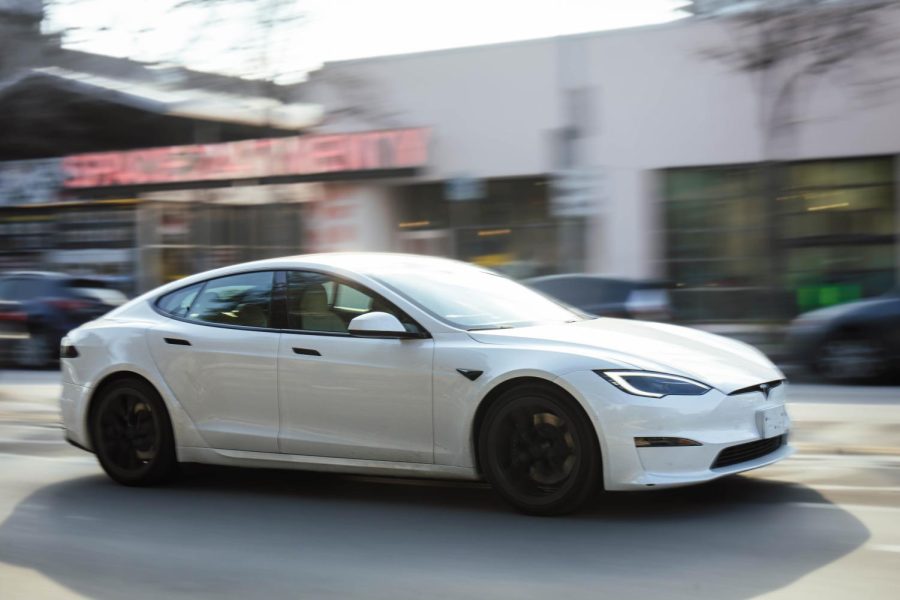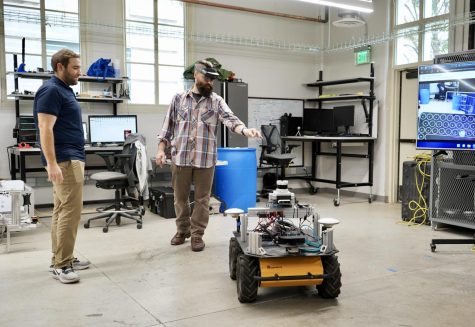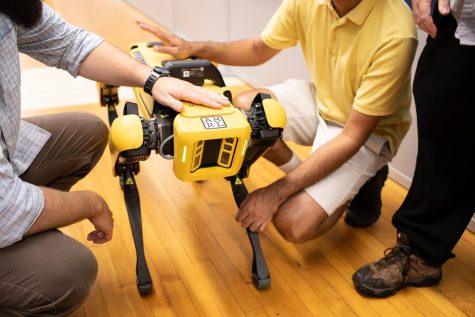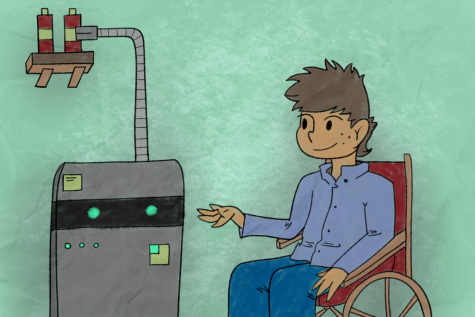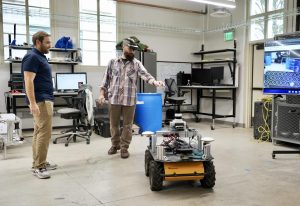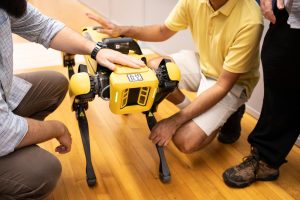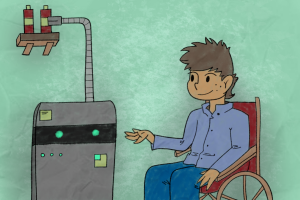Texas SMARTTrack initiative aims to make roadways safer, introduce autonomous cars
February 15, 2023
UT, the Texas Department of Transportation and other partners are collaborating on Texas SMARTTrack, a new initiative to improve road safety and integrate autonomous vehicles.
Amit Bhasin, director of the Center for Transportation Research, said SMART is an acronym for Safety, Mobility, Autonomy, Research and Testing. Bhasin said the team expects to begin a phase-wide implementation of new road technologies over the next two to three years.
“The wrong-way-driver detection system right now may alert a first responder that there is a wrong-way-driver,” Bhasin said. “With a phone or something using a GPS, we want you to be alerted as well that there is a wrong-way-driver that may be headed your way.”
The team also hopes to reduce congestion from traffic jams with improved mobility and develop new and improved sensors and communication protocols in regards to research, Bhasin said.
SMARTTrack is composed of three tiers of testing that will test the new technology in different environments, Bhasin said. Tier one involves a closed loop on the J.J. Pickle Research Campus that allows testing with crash test dummies in a protected environment. Tier two, also on the Pickle Research Campus but not a closed loop, aims to test technology that does not pose any risk to the general public, Bhasin said. Finally, tier three will be conducted on public roads, like the State Highway 130 corridor.
Mike Arellano, Austin deputy district engineer for TxDOT said while most test tracks are designed around one car or manufacturer, the team wanted to be flexible when designing the test tracks on the Pickle Research Campus in order to adapt the track to both urban and less dense environments.
Arellano said the team is developing a data feed using open source data and data collected through cameras and LiDAR, a type of sensor that specializes in light detection and ranging. He said he hopes the feed will make driving safer and more efficient.
“An automated car today can detect sensors about 250 feet around them,” Arellano said. “With our data feed, we can give them a digital map of 25 miles ahead.”
Bhasin said the team’s biggest goal is to make the roads safer for everyone and to help incorporate autonomous vehicles into streets.

